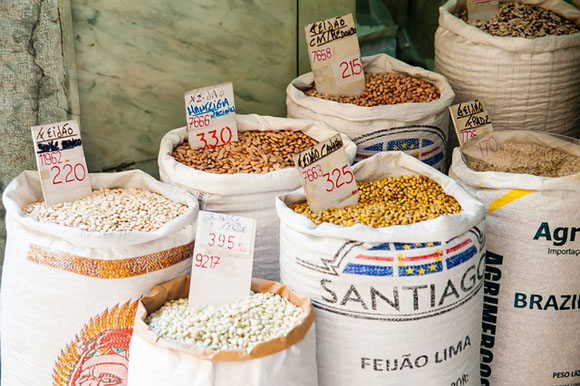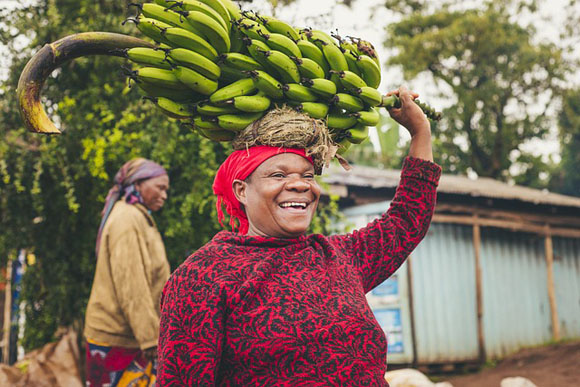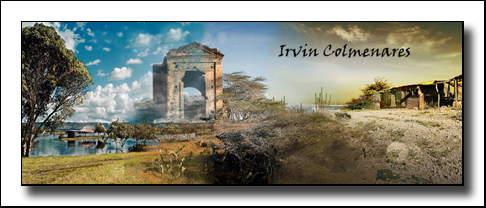
En el mundo del emprendimiento hay una modalidad que no centra sus objetivos en la búsqueda del lucro, son los llamados emprendimientos sociales.
Este tipo de emprendimiento puede tener muchas formas, algunos se las ingenian para producir algún tipo de ganancias que garanticen no solo el pago de las personas que intervienen en el emprendimiento, sino también la sostenibilidad en el tiempo.
Hay otros que son concebidos desde el principio sin ninguna finalidad de lucro, toda su misión se centra casi totalmente en el impacto social del emprendimiento, en la búsqueda de una solución práctica y eficiente a un problema de relevancia en la comunidad.
Hace poco tuve la oportunidad de conocer un emprendimiento de este último tipo que tiene alrededor de dos años funcionando en una zona de mi ciudad.
Todo comenzó con la preocupación de un grupo de jóvenes de una barriada pobre. Los muchachos intuitivamente sospechaban que en su comunidad había serios problemas de alimentación, los que afectaban principalmente a los niños y a personas de la tercera edad, los grupos sociales más vulnerables.

Para confirmar sus sospechas hicieron una encuesta que pretendía indagar principalmente la cantidad de veces que las personas comían al día y el tipo de alimentos que formaban parte de su dieta.
El resultado los dejó perplejos, la situación era mucho peor de la que ellos imaginaron. Más del cuarenta por ciento de las personas del estudio se alimentaban una sola vez al día, sobre todo los adultos mayores. En el caso de los niños las raciones subían a casi dos para el mismo porcentaje. Además, la dieta de todos ellos estaba constituida básicamente por carbohidratos, no era común el consumo de proteínas de origen animal, ni lácteos, ni frutas, ni hortalizas.
Los muchachos rápidamente idearon un plan para atacar ese problema tan serio. Lo primero que hicieron fue ubicar un local donde pudieran realizar sus actividades. Se dieron cuenta que anexo a la casa parroquial había un salón que generalmente estaba subutilizado.
Le plantearon la idea al párroco de la comunidad responsable del local y este estuvo de acuerdo en que lo podían usar. Esto les resolvía dos problemas, el del local y el de la credibilidad, porque el párroco se comprometió con ellos a firmar todas las peticiones de ayuda que fuesen a hacer.
Con una carta donde exponían la necesidad de hacer un comedor gratuito para la gente del barrio se dieron a la tarea de visitar todos los negocios de la zona para pedirles su colaboración, sobre todo aquellos relacionados con el ramo alimentario. En una de las visitas una persona les ofreció una cocina de cuatro hornillas de un familiar que se había ido al exterior y ya no la iba a usar.
De ese modo, por la vía de las donaciones de gente altruista y generosa, fueron consiguiendo todo lo necesario para comenzar su experimento. Hasta lograron involucrar en el proyecto a una línea de moto taxistas que se comprometieron a llevar diariamente las donaciones que harían los diferentes negocios.
Con sus primeras actividades lograron dar almuerzo a veinte niños y diez adultos mayores. Todo el trabajo de preparación de alimentos así como lo relacionado con la limpieza, lo hacían hombres y mujeres familiares de los niños.

A los dos o tres meses de funcionamiento los visitó un médico vecino de la comunidad y les facilitó el contacto para hablar con una nutricionista a la que le había gustado el proyecto y estaba dispuesta a orientarlos en el asunto de los menús. De ese modo podían organizar mejor lo relacionado con las donaciones, ya que tenían más claridad de los productos prioritarios que necesitaban.
Aquella experiencia fue corriendo de boca en boca. La presión por ampliar la cobertura de niños y adultos mayores era grande. A fuerza de tocar puertas lograron el apoyo de empresas mayoristas del ramo alimentario, y con cadenas de electrodomésticos consiguieron la donación de neveras y otros insumos necesarios.
Luego de dos años el proyecto ha escalado lo suficiente para dar cobertura a una población de cien niños y cincuenta adultos mayores. Los que ahora reciben dos comidas al día, el desayuno y el almuerzo.
En la actualidad estos jóvenes se encuentran haciendo contactos con algunas ONG para que les ayuden a financiar unos ingresos permanentes para cuando fallen las donaciones; además de poder establecer asignaciones monetarias para ellos y el equipo de hombres y mujeres que colaboran diariamente, de lunes a viernes con la actividad de ese comedor.
Siempre es reconfortante encontrarse con experiencias de ese tipo. Son iniciativas que nos recuerdan que la solidaridad, la entrega, la empatía y el amor, son una fuerza muy poderosa. Y que cuando unimos voluntades se puede llegar muy lejos.
Gracias por tu tiempo.


In the world of entrepreneurship there is a modality that does not focus its objectives on the search for profit, these are the so-called social enterprises.
This type of entrepreneurship can take many forms, some of them manage to produce some kind of profits that guarantee not only the payment of the people involved in the venture, but also sustainability over time.
There are others that are conceived from the beginning without any profit motive, their entire mission is focused almost entirely on the social impact of the venture, in the search for a practical and efficient solution to a problem of relevance in the community.
I recently had the opportunity to meet a venture of the latter type that has been operating for about two years in an area of my city.
It all started with the concern of a group of young people from a poor neighborhood. The boys intuitively suspected that there were serious food problems in their community, affecting mainly children and the elderly, the most vulnerable social groups.

To confirm their suspicions, they conducted a survey to find out how many times a day people ate and what type of food was part of their diet.
The result left them perplexed, the situation was much worse than they imagined. More than 40 percent of the people in the study ate only once a day, especially the older adults. In the case of children the rations rose to almost two for the same percentage. In addition, the diet of all of them was basically made up of carbohydrates; the consumption of animal proteins, dairy products, fruits and vegetables was not common.
The boys quickly devised a plan to attack this serious problem. The first thing they did was to locate a place where they could carry out their activities. They realized that next to the parish house there was a hall that was generally underutilized.
They presented the idea to the pastor of the community responsible for the hall and he agreed that they could use it. This solved two problems for them, that of the premises and that of credibility, because the parish priest promised to sign all the requests for help that they would make.
With a letter stating the need to build a free dining room for the people of the neighborhood, they set out to visit all the businesses in the area to ask for their collaboration, especially those related to the food industry. During one of the visits, a person offered them a four-burner stove belonging to a relative who had gone abroad and was no longer going to use it.
In this way, through donations from altruistic and generous people, they were able to obtain everything they needed to start their experiment. They even managed to involve in the project a line of motorcycle cab drivers who committed themselves to carry the donations made by the different businesses on a daily basis.

With their first activities they were able to provide lunch to twenty children and ten senior citizens. All the work of food preparation and cleaning was done by men and women who were relatives of the children.
After two or three months of operation, they were visited by a neighboring doctor from the community who put them in contact with a nutritionist who liked the project and was willing to guide them in the matter of menus. In this way, they were able to better organize the donations, since they were clearer about the priority products they needed.
That experience spread by word of mouth. The pressure to expand the coverage of children and senior citizens was great. By knocking on doors, they were able to obtain the support of food wholesalers, and with household appliance chains they were able to obtain the donation of refrigerators and other necessary supplies.
After two years, the project has grown sufficiently to cover a population of one hundred children and fifty senior citizens. They now receive two meals a day, breakfast and lunch.
At present these young people are making contacts with some NGOs to help them finance a permanent income for when donations fail; in addition to being able to establish monetary allowances for themselves and the team of men and women who collaborate daily, Monday through Friday with the activity of this dining room.
It is always comforting to come across such experiences. These initiatives remind us that solidarity, dedication, empathy and love are a very powerful force. And that when we unite our wills we can go very far.
Thank you for your time.
Translated with DeepL.com (free version)








Comunidad Be Entrepreneur

Un abrazoAmigo @irvinc los buenos somos más. Si queremos cambiar el mundo tenemos que movernos e iniciar el cambio.